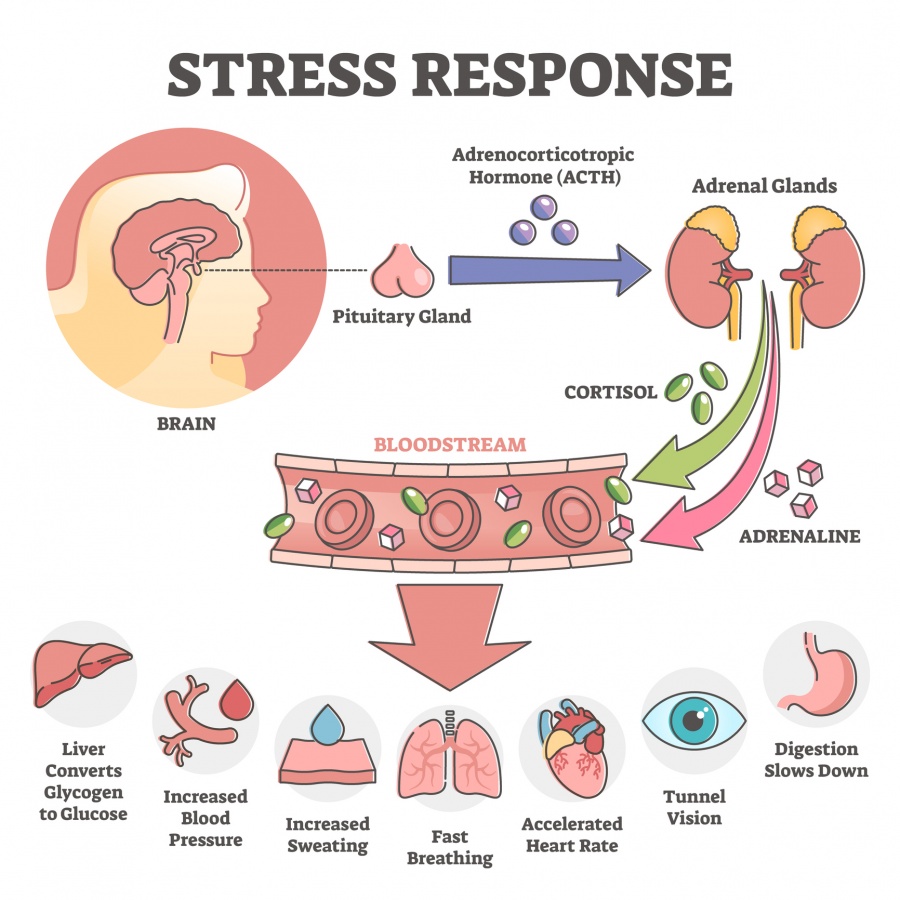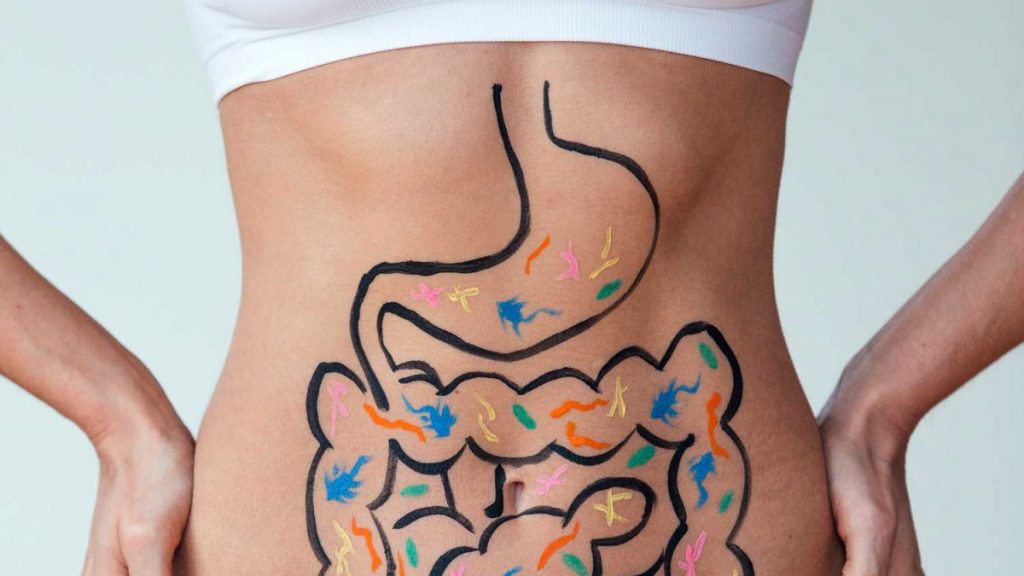
Tackling anxiety and stress in the workplace
The last 2-3 years has seen a huge increase in stress for everyone, and particularly in the workplace. Lockdowns, Brexit, COVID-19, cost of living crisis, price of fuel, price of energy and so it goes on, sadly. The impact on us all has been immense.
A lot of people are struggling at work or in business – working more because of staff shortages, having to work extra shifts to afford to live, the pressure of zero-hours contracts, or having to perform to keep their jobs, as well as co-workers and business owners who are also stressed and snappy. It’s affecting people at all levels. A lot of people are in “workaholic” mode – working their butt off, “on it”, focused, proactive and getting the job done and appearing to everyone that they’re good at what they do – but what are they actually feeling inside?

The Swan Approach
Quite often it’s the “swan” approach – seemingly coping outwardly, but under the surface, they’re paddling like mad – they find it hard to say no, they’re over thinking and over planning, they’re hypervigilant, people pleasing and terrified of failure – and when they get home they still can’t switch off, are turning more and more to synthetic soothers – alcohol, smoking, recreational drugs, chocolate (and other foods for comfort), biting nails, picking skin, and more.

Sleep Issues
And then falling asleep exhausted at night – that’s if they can get to sleep because their brain is still going a hundred miles an hour – so maybe even leaving the TV on to help them, or some white noise to distract their brain so they can sleep. Only to find they’re waking 2-4 hours later, wide awake and brain churning again, because it needs more stimulus. Then waking in the morning exhausted and having to do it all over again. And that’s without any physical symptoms of muscle tension, headaches, jaw clenching, fidgeting, shallow breathing, brain fog and more. As humans, we can only sustain this type of life for a short while before our body says “enough” and shuts us down with burnout, or worse.
Mental health at work is a growing challenge
1 in 6.8 people experience mental health problems in the workplace (14.7%). Women in full-time employment are twice as likely to have a common mental health problem as full-time employed men (19.8% vs 10.9%), and evidence suggests that 12.7% of all sickness absence days in the UK can be attributed to mental health conditions. Better mental health support in the workplace can save UK businesses up to £8bn pa!
As a Clinical Hypnotherapist, I can declare that anxiety/stress is the number 1 issue I help clients with. The antidote to anxiety and stress is calm. I quite often talk about those Bic 4-colour pens – you can’t have red and blue ink at the same time – same with our emotions – you can’t feel calm and anxious at the very same time. So, it would be helpful to have some tools and techniques to help switch off the red ink (cortisol), and turn on the blue, green or black ink instead (serotonin, dopamine, oxytocin for example – the calm, love, happy hormones/neurotransmitters).

Understanding Cortisol
Cortisol is the stress hormone – fight, flight or freeze hormone – and originates from our “prehistoric brain”. Back in the caveman days, if a man was out hunting and saw a tiger he would freeze and then decide whether to fight it or flee it. Cortisol and adrenaline were pumped around the body so he could fight or run away – probably run away if it was a tiger! So, when that happens, your heart starts pumping and your body shuts down the things it doesn’t need – like your digestion and brain, then sends all your energy to your muscles and speeds up your heart, so you can run away – and that burns off the cortisol.
The fight or flight realities that all humans face
However, your subconscious brain doesn’t know the difference between real and imagined fear, so when you’re worried or stressed, for example about the challenges over the last few years, or your income and job security, or even a spider, or flying in a plane – if it’s a repeated or strong worry, the neurons in the brain (which are a bit like a muscle), get stronger and stronger. The brain doesn’t realise it’s not a real tiger, but it recognises that it’s a very stressful situation, because you keep thinking it, and so it responds the same way – flooding your body with cortisol and adrenaline, which is why you feel anxious, edgy, nauseous, and may have tummy problems – because your body has shut your digestion down and sent all the hormones to your limbs so you can run away – because it’s trying to keep you safe. Except you’re generally sitting still when it happens – maybe at your desk, or in an important meeting, which is why you have the urge to “flight” – to run away/get out of the room. Or maybe you feel angry and want to “fight” (which presents as anger, stroppiness, “biting back” etc). Here’s the thing though – if you have cortisol firing – it shuts down all the other hormones in your brain – so you can’t feel relaxed or calm at the same time.
Triggers for Cortisol
When we watch the news, go on social media, or focus on the negatives of what is happening – cue the cortisol running around your body – a bit like a bull in a china shop – crashing into things and causing chaos. When cortisol is running and is at its peak intensity, you only have 3% of your cognition/thinking available to you. As a result, your rational decisions go out the window, your memory goes to pot, you get brain fog, you can’t concentrate, you find it hard to make decisions, you can’t put things into context, or you find it hard to sleep (probably because we watch the news late at night or are on social media feeding it) – and so it goes on. If you’re running from a tiger, you don’t need a digestion, or everyday thinking – you just need to get out of there! Remember, the brain doesn’t know the difference between real and imaginary!

SO – what can you do to help yourself?
- Breathing techniques are great – they reassure the brain that there’s no tiger and help switch off the “red ink” – take a break every hour from your computer and do some box breathing (60 seconds of breathing in for 4, hold for 4, out for 4, pause for 4 – do this 4 times).
- Getting out in nature is fabulous – mindful walking using all your senses – what can you see, hear, smell, touch, taste, feel. Maybe grab a quick walk at lunchtime – make yourself take a break.
- Exercise and dancing, laughter and music are all things that help switch off the “red ink” – remember the tiger – “er excuse me tiger, can you just pause while I have a little dance or tell a joke, or do a few yoga poses?!”
- Limiting social media, TV (especially the news and violent programmes), blue light etc – ideally for an hour before bed. This also helps prepare the brain for sleep – like when we were children – bedtime story, low lighting, quiet voices etc. The science increasingly shows social media does not help mental health.
- Drinking water and limiting caffeine, alcohol and sugar (more stimulants!). Aiming for 2-3 litres every day – the brain is 75% water, so it’s vital to keep the body hydrated to transport all the nutrients around and lower your internal stress (and “red ink”!).

The role of your gut in human health
70% of your immune lives in your gut, so it’s vital to keep that healthy. Your intestines are known as your “second brain” as it’s directly connected to the brain, conveying emotions and affecting your mood. You’ve probably heard of “butterflies in the stomach” – that’s our stress response from the brain, and a “gut feel” – that’s our brain communicating to us. There are 500 million neurons in your gut! Keeping your gut happy and healthy is really important.
We’ve all been experiencing uncertainty and change – both of which we don’t like. So, by taking control of your routine, and having some structure and planned relaxation and healthy distractions, it will help you punctuate your day, week and weekend with some positivity.
I’m not suggesting you do all of these things – they will all help, but why not write some of them down and introduce one or two of them into your daily to-do list. I don’t know about you, but all these things just seem so obvious, but we get caught up in daily rushing life, and forget the basics don’t we – I know I do. But when I really understood why and how these things work, everything made SO much sense and I was able to cope much better!
This is a marathon, not a sprint, so take your time, explore some of the suggestions, and give yourself some time to reflect and think. Your mind and body will certainly thank you for it!
- Clare Copping
- 0 comments